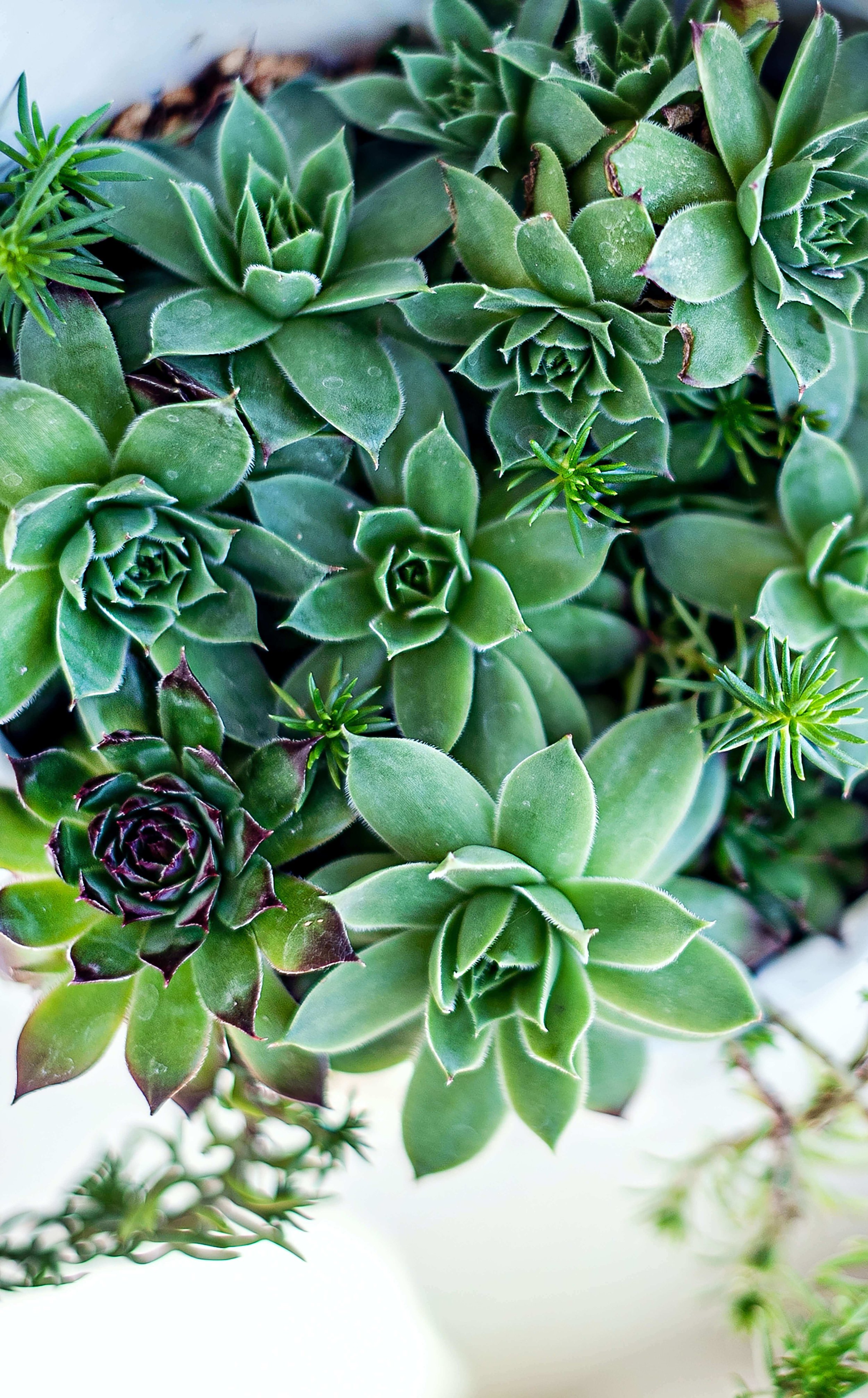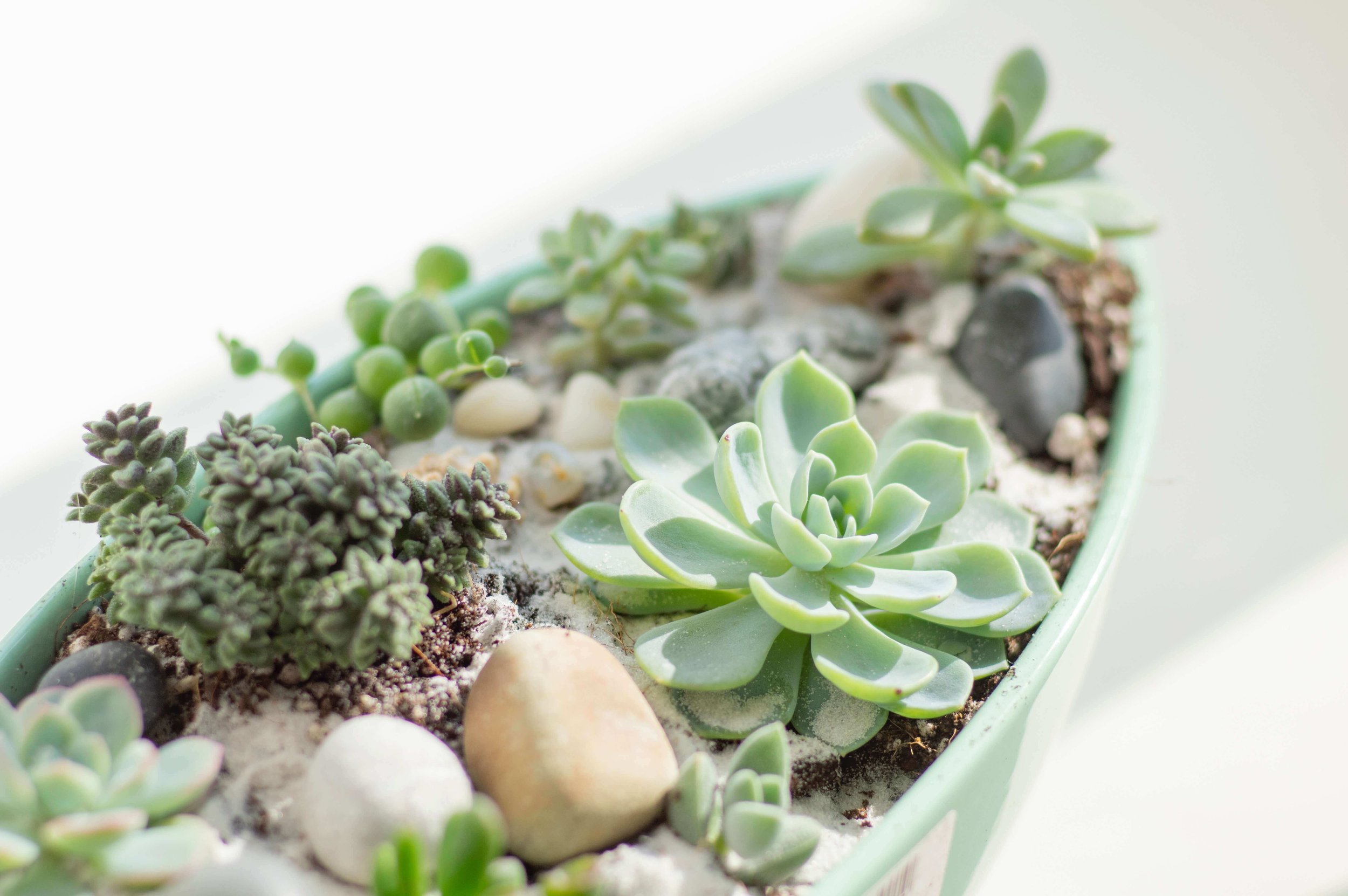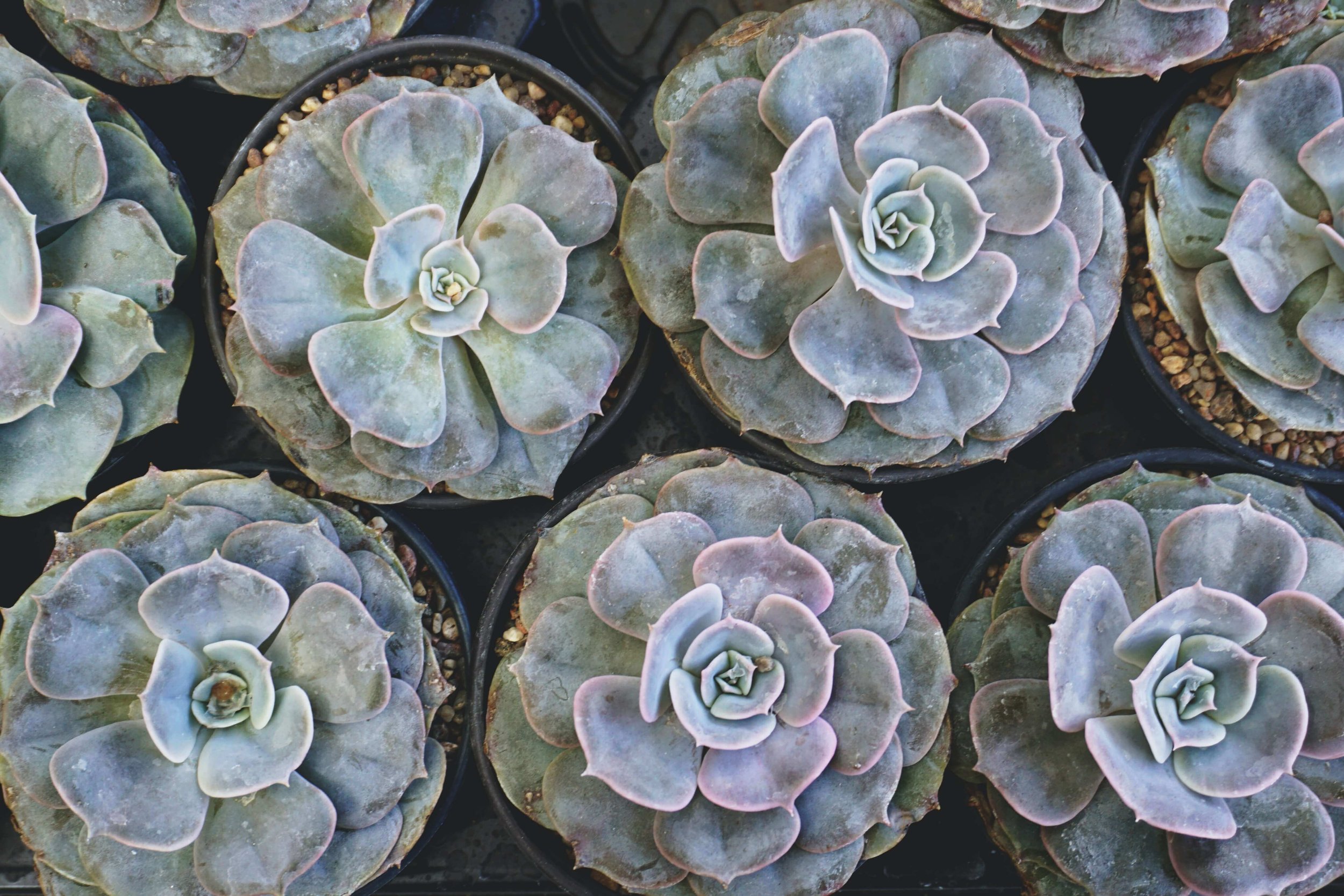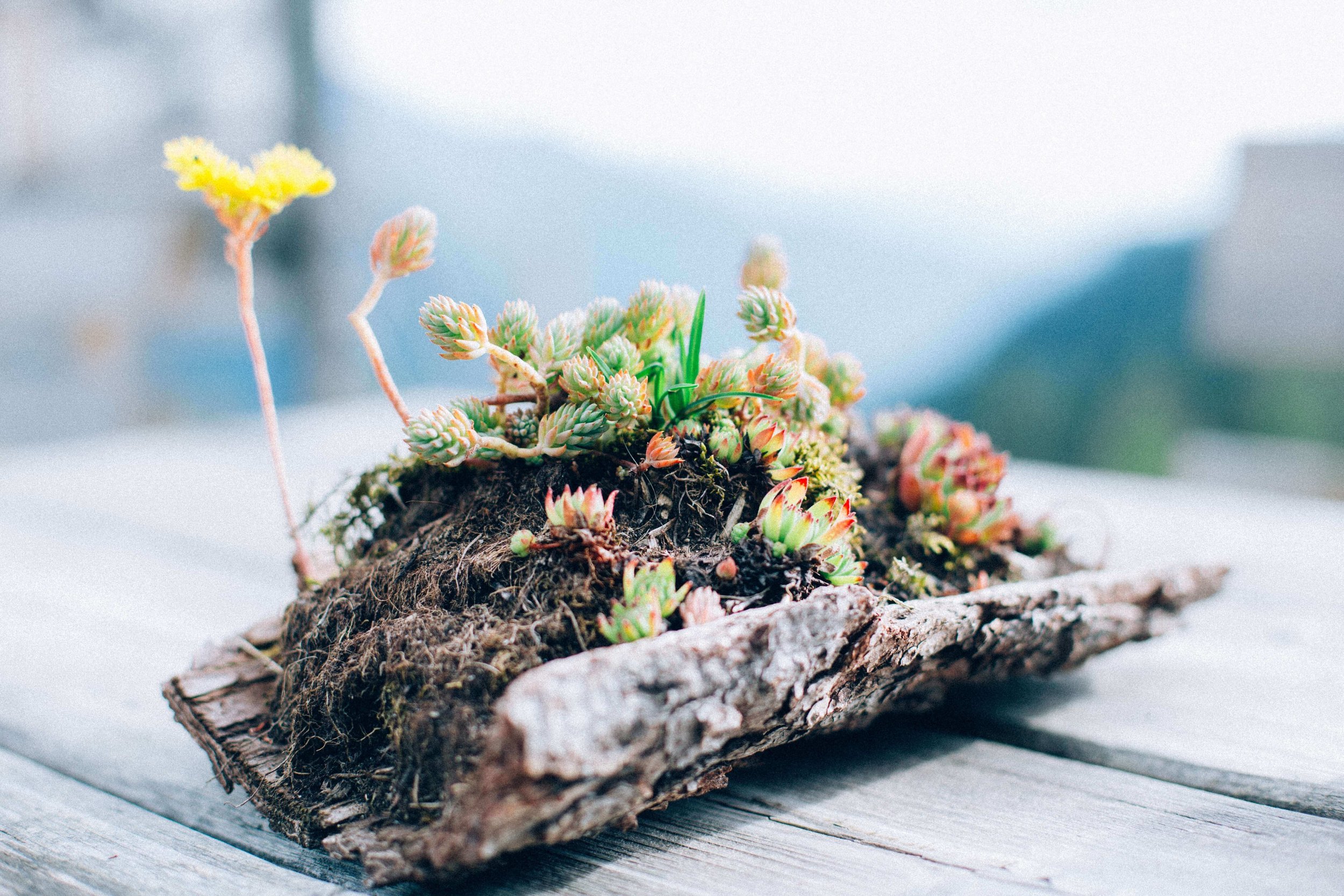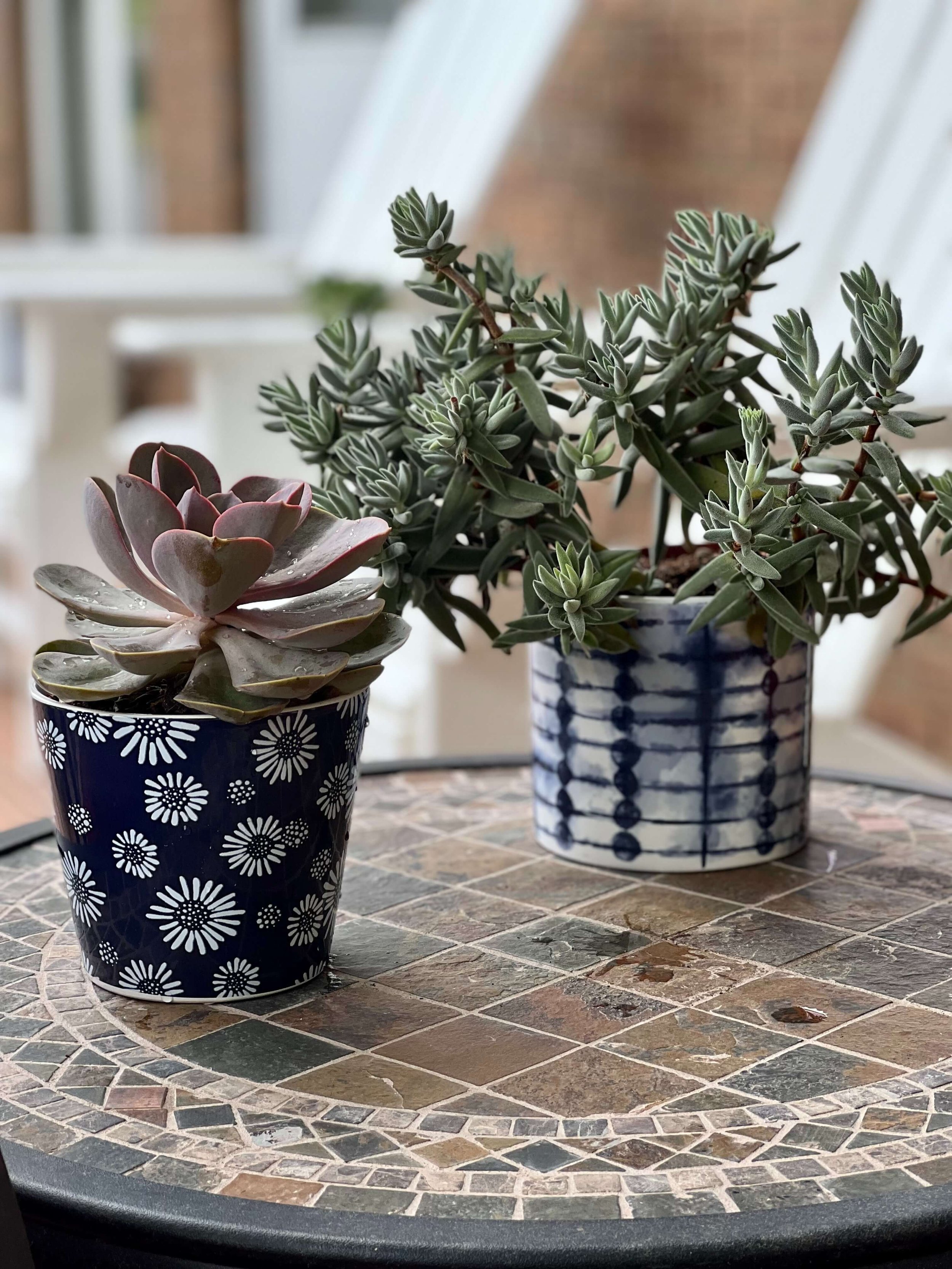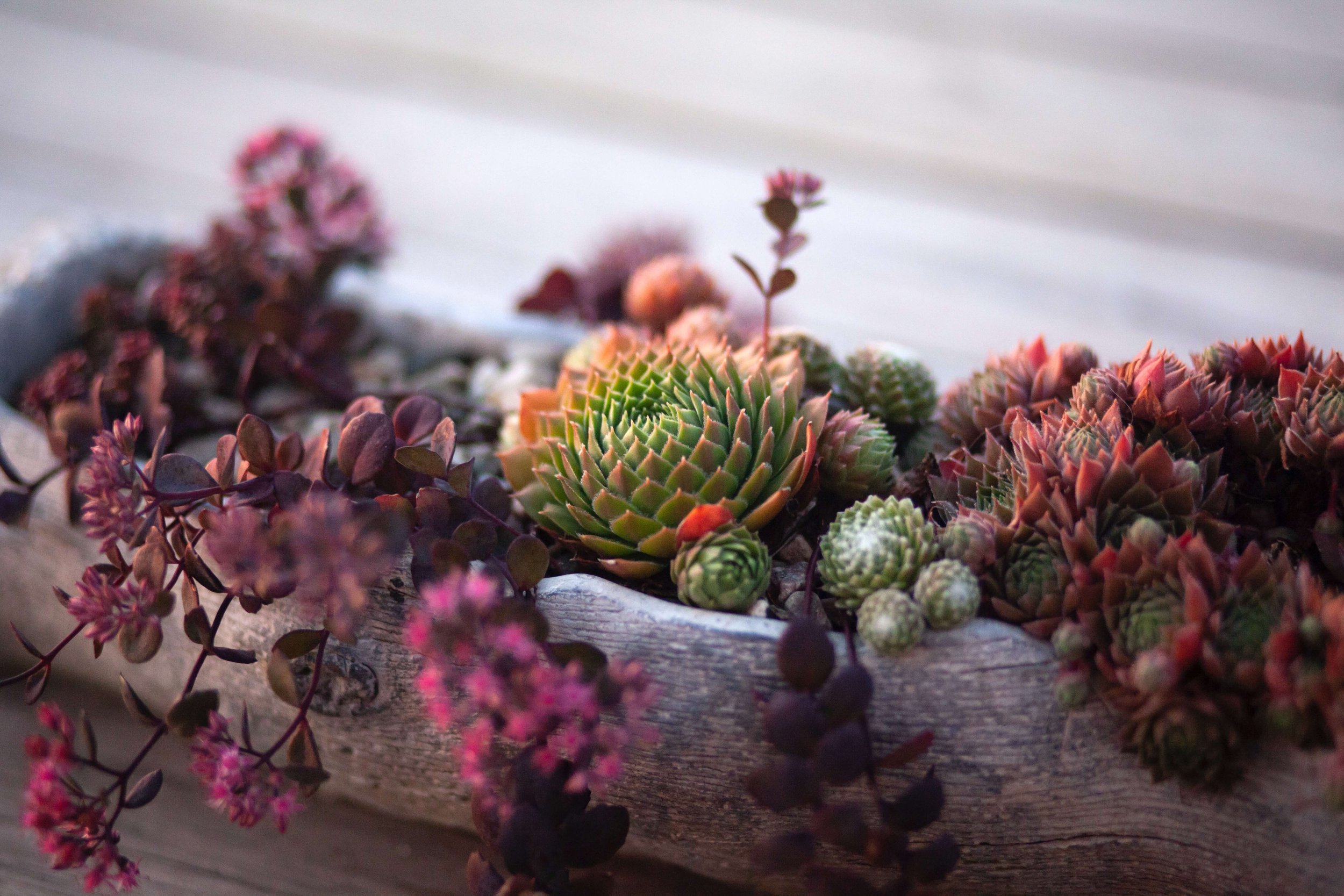How To Grow And Care For Succulents
A Guide To Growing Succulents
With their colourful, fleshy leaves and sculptural shapes, succulents are the perfect plants for creating a coastal style garden or table arrangement.
If you're interested in growing succulents but don't know where to start, this guide is for you. Succulents thrive in the well-drained sandy soil, salty air, and lots of sun that are characteristic of coastal climates. Growing succulents from cuttings is an easy and inexpensive way to propagate new plants. Here are some tips for growing coastal style succulents successfully.
—
Growing Succulents
Are you looking to add some coastal style flair to your home or garden? Succulents can be the perfect addition! Not only are they low maintenance, but they also come in a wide range of colours and textures that can easily create a coastal vibe. Whether you're a seasoned gardener or a novice, this guide will provide you with everything you need to know about growing and caring for succulents to achieve that coastal look you're after.
There are various types of succulents that can help create the desired coastal look. Some popular options include the echeveria, sedum, and haworthia. Echeveria plants are similar to rosettes, and their beautiful colours range from pink, green, and blue. Sedums are usually low-growing and flower in the summer. Haworthia plants are ideal for indoor 'gardening', as they can thrive in low-light environments and require less water.
Some of the best succulents for coastal gardens include:
Aeonium - Known for their festive, pinwheel shaped rosettes in shades of green, burgundy, and variegated cream. Aeoniums bloom on tall stalks with bright yellow flowers.
Echeveria - Rounded, symmetrical rosettes of fleshy leaves come in a huge range of colors like blue, pink, orange and more. Flowers appear on tall stems.
Sedum - With over 400 species, sedums display interesting leaf shapes like spirals, spikes, and trailing stems. Ideal for rock gardens.
Senecio - This large genus includes string of pearls with its rows of spherical leaves on trailing stems and blue chalk sticks.
Graptopetalum - Also called leatherpetal, these have striking rosettes shaped like starfish or roses. Grow them en masse for bold texture.
—
Succulents - Soil, Potting and Watering
Succulents require well-draining soil, as they do not like to sit in water for too long. Mixing regular potting soil with sand or perlite can help improve drainage. Choosing a pot with drainage holes can also help prevent root rot. If you're planting succulents outdoors, ensure that they receive enough sunlight and are not exposed to too much water.
One of the best things about succulents is that they don't require frequent watering. Watering your succulents once a week is enough, but it's always better to check the soil's moisture level before doing so. The general rule for watering is to wait until the soil is completely dry before watering again. Overwatering can lead to root rot and other problems.
—
Starting from Cuttings
Propagating succulents is easy and rewarding. The best time to take cuttings is in spring or summer. Make sure you use a sharp blade or scissors to ensure a clean cut and take 3-5 inch cuttings from healthy plants. Allow cut ends to callous over for a few days before planting. Stick cuttings in a light, gritty potting mix meant for cacti and succulents.
Provide plenty of sunlight and water sparingly until new growth appears. Once rooted, water deeply when soil is completely dry. Feed monthly with diluted cactus fertiliser during spring and summer.
—
Succulents Care and Growing Tips
Succulents are low-maintenance plants, but they still require some attention. Ensure that the soil is not too compacted, as this can limit the plant's growth. Fertilising your succulents once a month during the growing season can also help enhance their growth and overall health. If you notice any pests or diseases, take immediate steps to address them.
When it comes to placement, succulents are incredibly versatile and can easily become the focal point of your space. From using them as the main element in an outdoor garden or terrace, to being used as part of an indoor living wall, succulents are a great way to add a unique coastal touch to any scene. For larger plants like echeveria, it's important to leave adequate space between each succulent in order to ensure that they don't outgrow one another. Meanwhile, for smaller varieties like sempervivum, you can create a more densely-packed look by placing them in close proximity with one another.
Here are some key tips for keeping coastal succulents happy and healthy:
Provide at least 6 hours of sun daily. Morning sun is gentler than hot afternoon sun in summer.
Use terra cotta pots with drainage holes for good aeration and drying between waterings.
Use a sandy potting mix made for cacti and succulents to prevent rot. Add extra perlite or pumice for improved drainage.
Allow soil to dry out completely between thorough waterings. Wait for leaves to wrinkle or soil to pull away from pot edges before watering.
Hold back on water and fertiliser in winter when plants are dormant.
Watch for mealybugs, spider mites and scale. Remove bugs by hand or use insecticidal soap sprays.
For outdoor succulents, keep in mind that coastal areas tend to have harsher sunlight and more salt-laden air. During the summer months, outdoor succulents may need more frequent watering than usual. Additionally, be sure to give them enough light; however, too much direct sunlight can cause them to burn, so be sure to provide them with light shade if needed. Lastly, trim off any dead or dying leaves and stems regularly in order to promote healthy growth.
—
Table Arrangement and Decor
Succulents can be arranged in various ways to create the perfect coastal style vibe. Consider creating a succulent coastal-style table scape. Grouping different succulent types together can create a beautiful contrast or arranging them in a seashell planter can enhance the coastal theme. You can also mix succulents with other coastal-themed decorative elements, such as driftwood, seashells, or sand. Add a few candles and you have the perfect centre piece for your table.
Don't be afraid to experiment with different arrangements to achieve your desired look.
—
With their sculptural shapes and colours, succulents are the perfect way to evoke the relaxed, beachy vibe of coastal gardens. Follow these tips and propagate your own collection of succulents from cuttings. Let this low-maintenance, high impact selection of succulents bring the beauty of the coast into your own garden.
—
You Might Also Be Interested In:
>> COASTAL TABLESCAPES
>> SEAWEED, UNDERWATER SUPERFOOD
>> Indoor Plants


